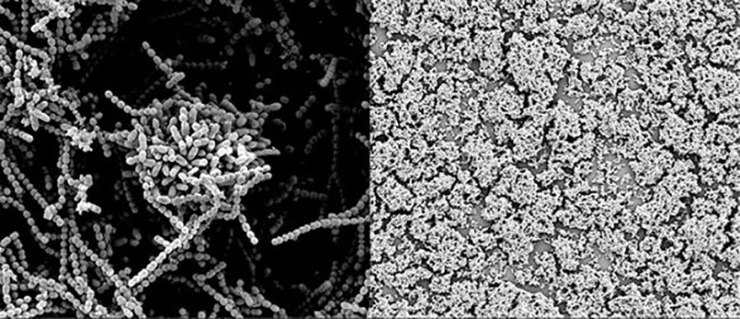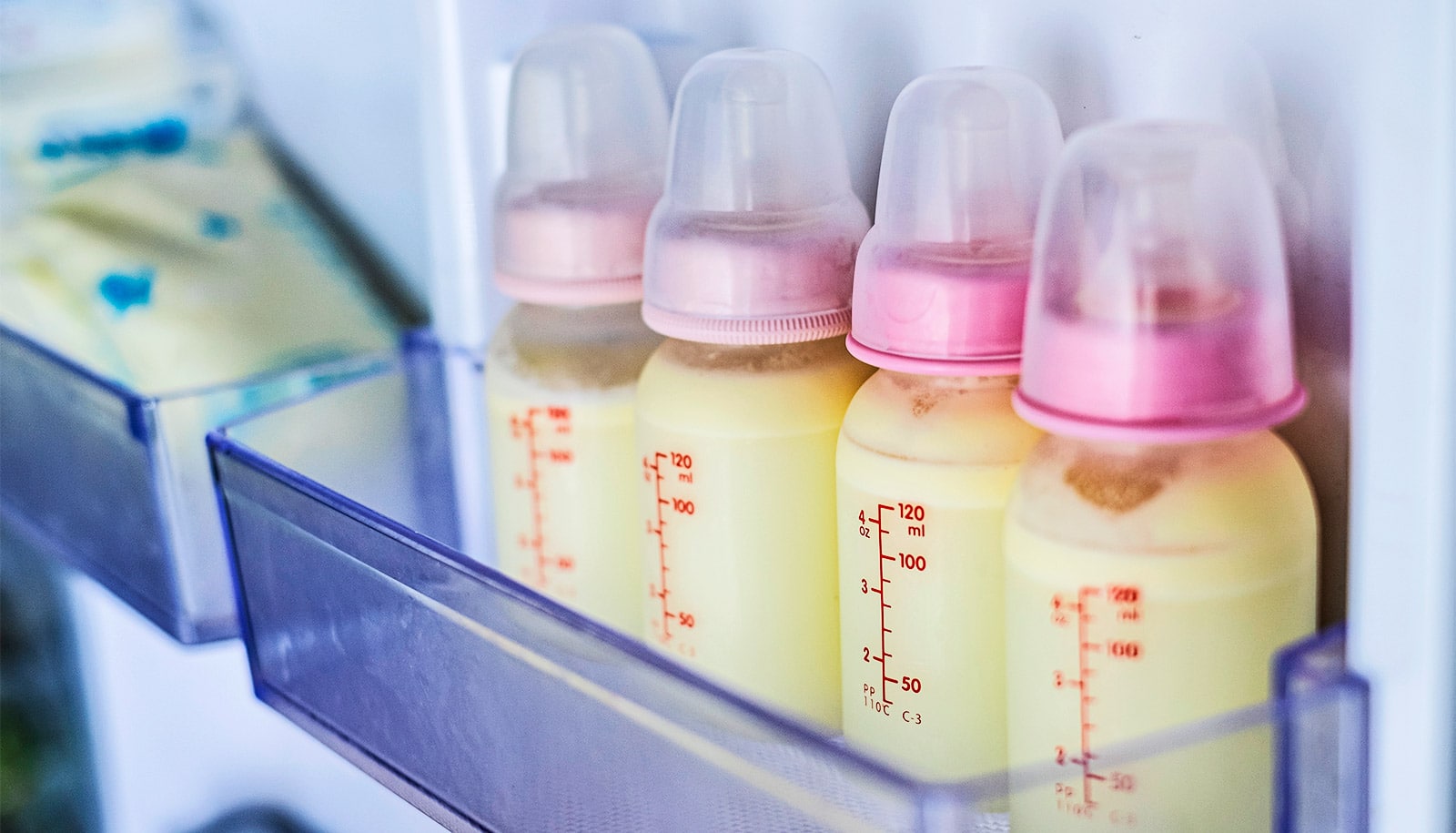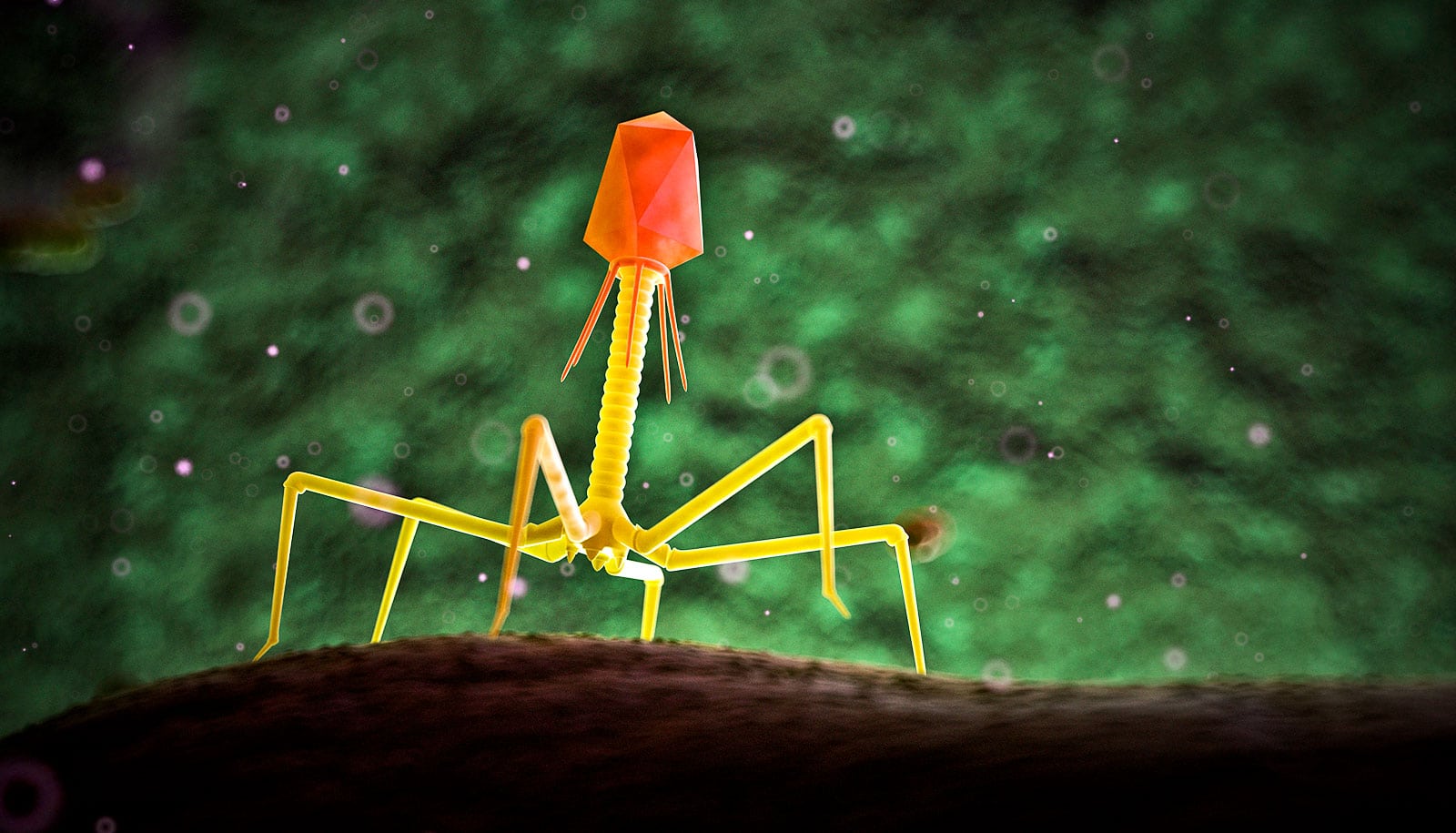Researchers have discovered that some of the carbohydrates in breast milk have antibacterial properties that help protect babies from infections.
While researchers have known that breast milk—a complex and continually changing blend of proteins, fats, and sugars—helps prevent infections in babies, scientists have concentrated much of their search for the source of breast milk’s antibacterial properties on proteins.

“This is the first example of generalized, antimicrobial activity on the part of the carbohydrates in human milk,” says Steven Townsend, assistant professor of chemistry at Vanderbilt University. “One of the remarkable properties of these compounds is that they are clearly non-toxic, unlike most antibiotics.”
The basic motivation for the research was the growing problem of bacterial resistance to antibiotics, which the Center for Disease Control and Prevention estimates causes 23,000 deaths annually.
“We started to look for different methods to defeat infectious bacteria. For inspiration, we turned to one particular bacteria, Group B Strep. We wondered whether its common host, pregnant women, produces compounds that can either weaken or kill strep, which is a leading cause of infections in newborns worldwide,” Townsend says.
Instead of searching for proteins in human milk with antimicrobial properties, researchers turned their attention to the sugars.
“Our results show that these sugars have a one-two punch. First, they sensitize the target bacteria and then they kill them.”
“For most of the last century, biochemists have argued that proteins are most important and sugars are an afterthought. Most people have bought into that argument, even though there’s no data to support it,” Townsend says. “Far less is known about the function of sugars and, as a trained glycoprotein chemist, I wanted to explore their role.”
As reported in ACS Infectious Diseases, researchers collected human milk carbohydrates, also called oligosaccharides, from a number of different donor samples and profiled them with a mass spectrometry technique that can identify thousands of large biomolecules simultaneously.
Then they added the compounds to strep cultures and observed the result under the microscope. This showed that not only do some of these oligosaccharides kill the bacteria directly but some also physically break down the biofilms that the bacteria form to protect themselves.
Breast milk protein cuts preemie NICU infections
In a pilot study, Townsend’s lab collected five samples. They found that sugars from one sample nearly killed an entire strep colony. In another sample, the sugars were moderately effective while the remaining three samples exhibited a lower level of activity.
In a follow-up study, they are testing more than two dozen additional samples. So far, two broke down the bacterial biofilms and killed the bacteria, four broke down the biofilms but did not kill the bacteria, and two killed the bacteria without breaking down the biofilms.
“Our results show that these sugars have a one-two punch,” Townsend says. “First, they sensitize the target bacteria and then they kill them. Biologist sometimes call this ‘synthetic lethality’ and there is a major push to develop new antimicrobial drugs with this capability.”
By dosing strep cultures with a mixture of milk sugars and antimicrobial peptides from human saliva, the researchers also showed that the sugars’ ability to break down biofilms can also enhance the effectiveness of the other antimicrobial agents that breast milk contains.
Follow-up studies show that the milk sugars’ antimicrobial activity extends to a number of other infectious bacteria, including two of the six “ESKAPE” pathogens that are the leading cause of hospital infections worldwide.
The researchers are also working identify the specific types of carbohydrate molecules responsible for the antibacterial effects they have discovered.
Breast milk might make flu shots safe for babies
Doctoral student Dorothy Ackerman presented the findings August 20 at the annual meeting of the American Chemical Society in Washington DC. The Department of Veterans Affairs, the National Institutes of Health, the National Center for Research Resources, the National Center for Advancing Translational Sciences, and the Vanderbilt Institute of Chemical Biology supported the research.
Source: Vanderbilt University



